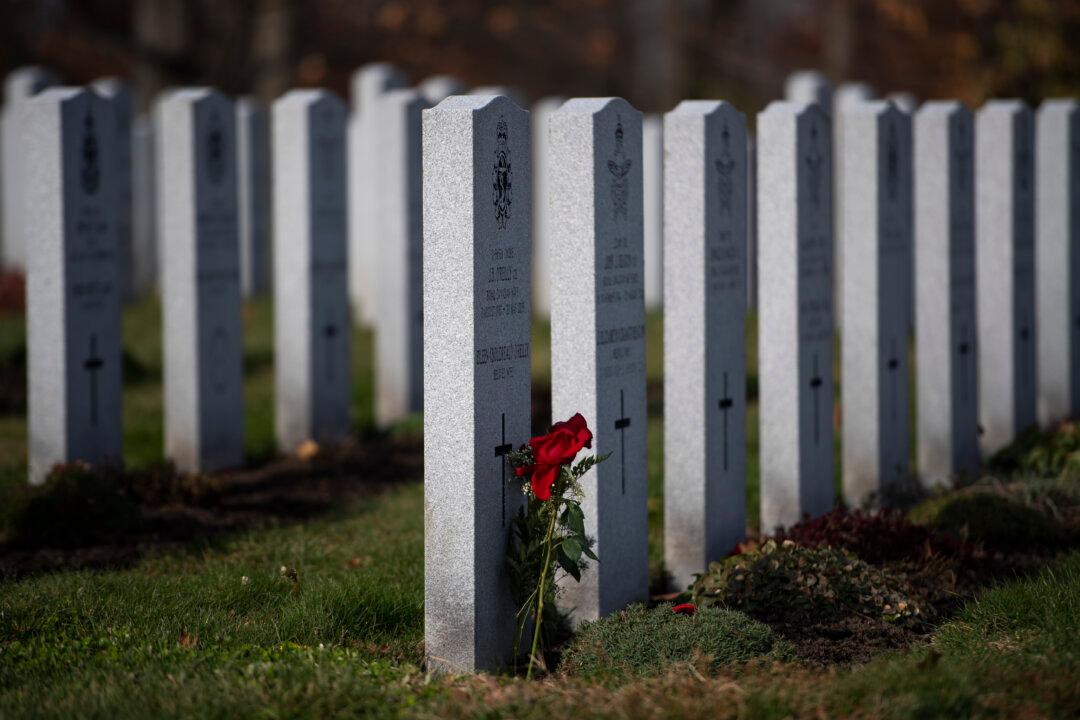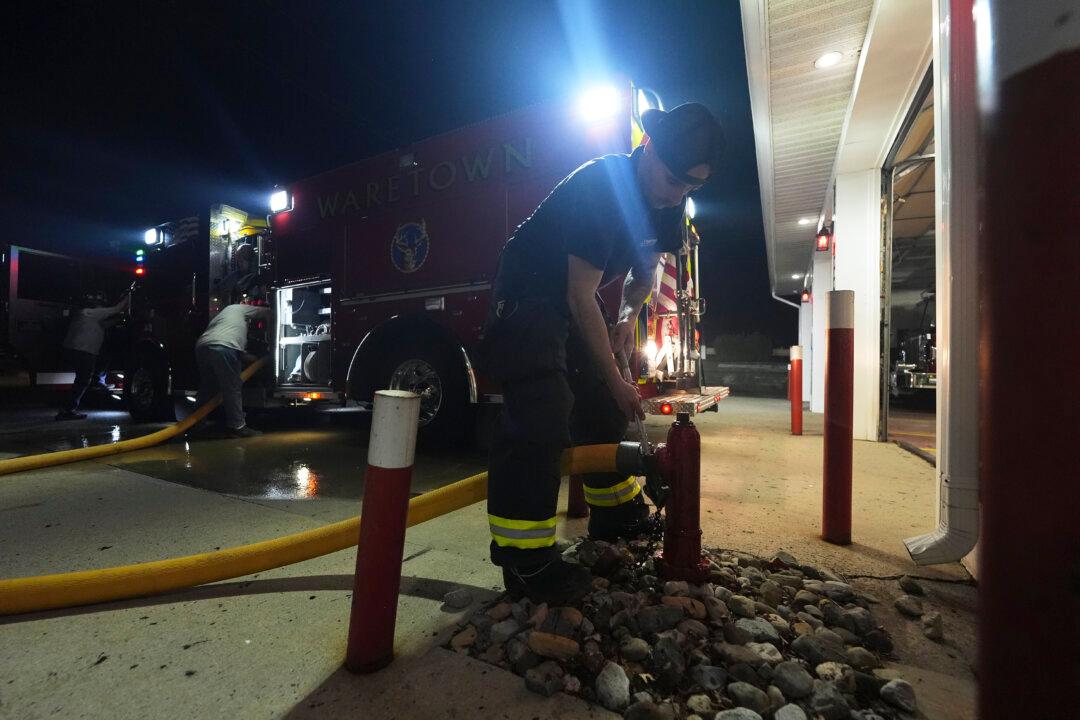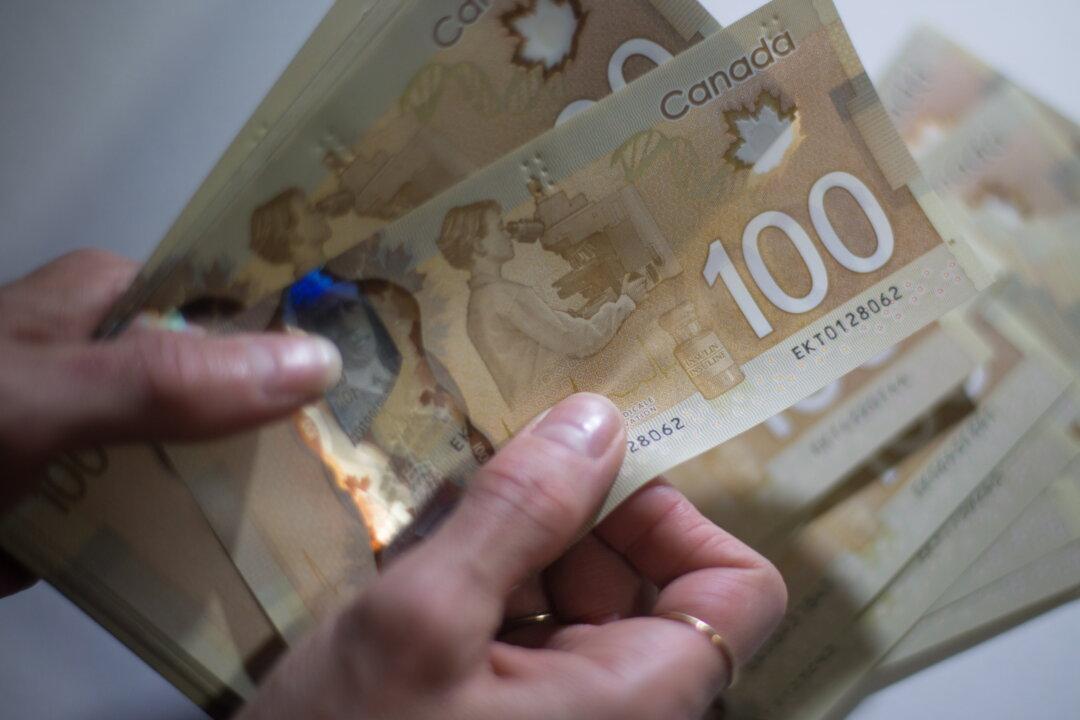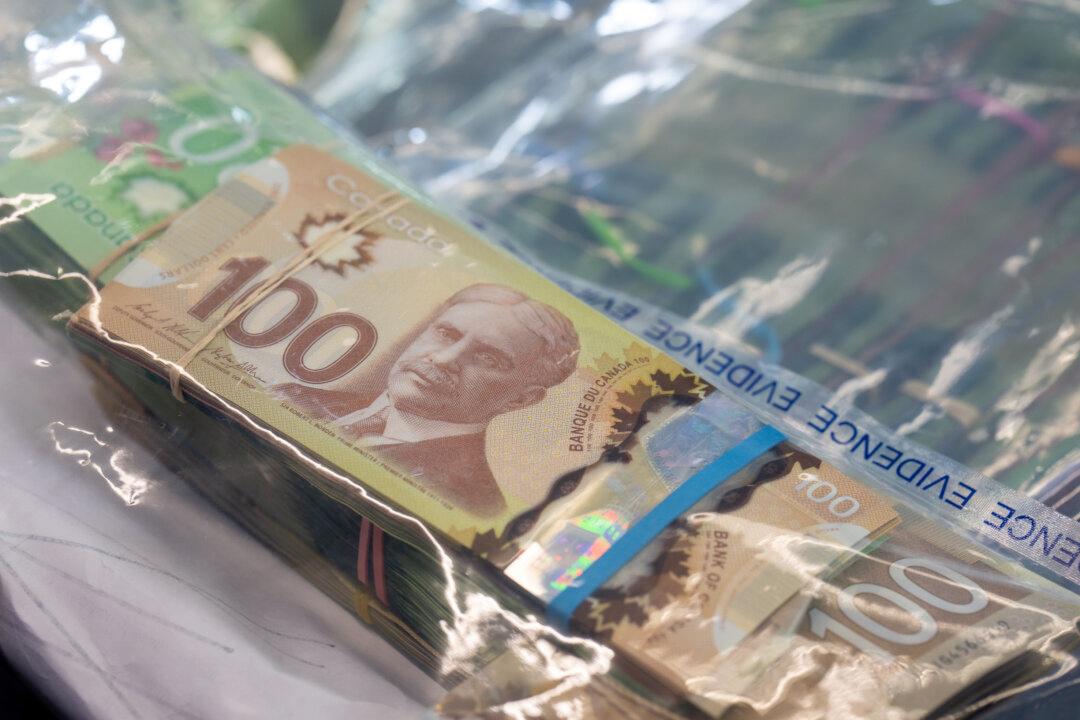OTTAWA—A modest crowd gathered in downtown Ottawa to witness a solemn Remembrance Day ceremony at the National War Memorial, instead of the tens of thousands who normally show up.
Many of the wreaths were already positioned around the cenotaph, one way to keep the number of people down as the country grapples with the deadly second wave of the COVID−19 pandemic.





